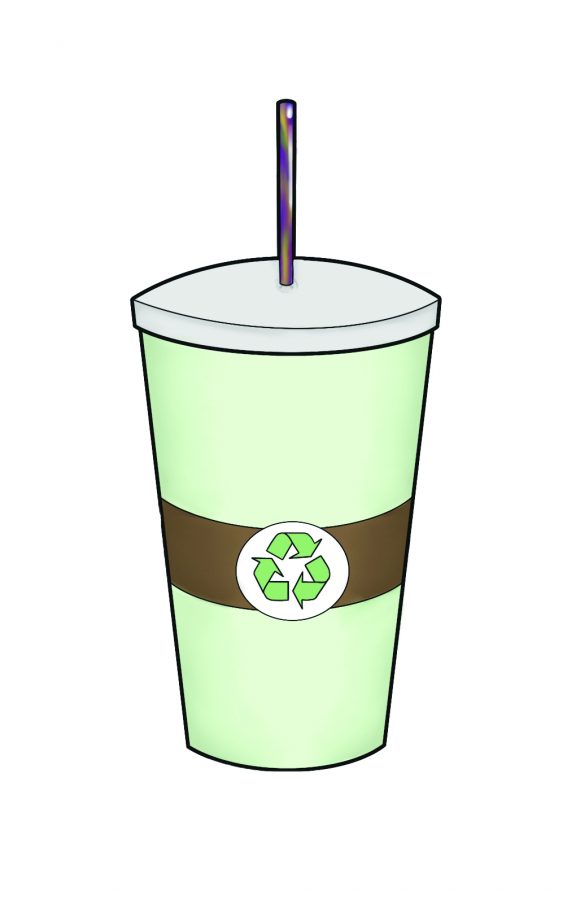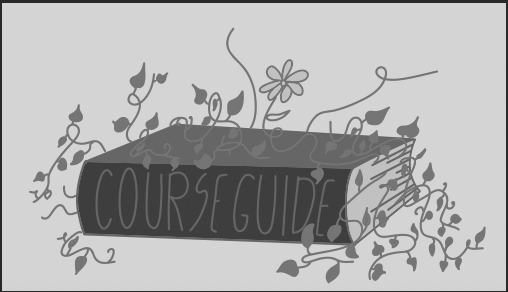My sister recently coerced our mother into buying rainbow, stainless steel straws for our family (0.5” wide and angled for better boba consumption). The straw came in a slick wood case with its own cleaning brush, and it fit easily into a bag. Toting her straw around in her backpack, my sister whips it out to the delight and envy of her classmates whenever a straw-necessary situation presents itself.
VSCO girl memes of scrunchies, Hydro Flasks and saving the turtles aside, more and more people are using alternatives to the old plastic straw — hereby referred to as “the single greatest threat to Mother Nature.”
Malibu outlawed plastic straws in 2018; when my family and I went up to Paradise Cove, we were greeted by the sight of straws made out of pasta sticking out of tall, overpriced drinks. Coffee shops like Starbucks are switching to lids with a prominent lip for a “No Straw Needed” experience. Other restaurants are adopting more environmentally-friendly policies of not providing a straw unless asked, while some provide only paper. And many people, like my sister, dare not leave home without their handy stainless steel straw.
Every day, we are pummeled with various reminders of the tragedy that is climate change, from the Amazon going up in flames to a pathos-laden shot of an otter choking on a plastic bag. According to environmental scientists, the time we have until the climate change apocalypse keeps shrinking. Right now, we are estimated to have just around 31 years left. Smog obscures the horizon of our own city, and grey smears the silhouette of buildings downtown. We’re drowning in the vast wealth of statistics and news articles of environmental doom.
It’s paralyzing. Like a deer caught in headlights, we shut down; the human mind has trouble processing issues of such magnitude. To attempt to understand is to break down the situation into easily processable bits.
We latch onto this idea of a single component comprising the whole issue. And so we turn to the metal straw.
We log onto Amazon, click “Buy Now,” and boom. We’ve done our part for our environment. Post a picture of your boba tea with your new metal straw and caption it something like “#sustainability.”
It’s a beautiful deception. In a time of worry that turns quickly into panic, we look for certainty. We scramble for something to hold tight to. And the solution presents itself in the endlessly fashionable form of the metal straw.
We cling to our reusable straws like a lifeboat. We charge at climate change, wielding only an aesthetic BPA-free straw and unearned confidence. For a problem so huge and incomprehensible, it’s amazing that a single purchase ($7.99 for 5) is a step in the right direction.
So you order your boba tea, and when they offer you the plastic straw, smile and say no thank you, I have my own.





































